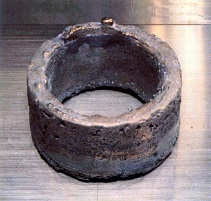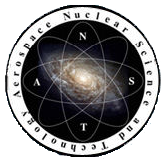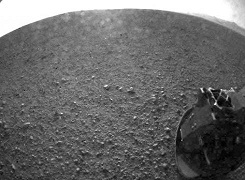Experimental Breeder Reactor I: A retrospective
In the not-so-distant 20th century past, our planet was in an uncertain new-world order. The second of two major wars had dramatically reshaped the landscape of the world's nations. It was not by any means assured that the extraordinary nuclear process of fission, which itself had been discovered mere years before the second war's end, would be successfully utilized for anything but the tremendous and frightening powers realized in thermonuclear warheads. In the years following, a humble project materializing out of the National Reactor Testing Station in Idaho was to challenge that assertion and demonstrate that nuclear fission could indeed be a commercial, peaceful source of electrical power for civilizations around the globe.



 Cassini-Huygens is a Flagship-class NASA-ESA-ASI robotic spacecraft sent to the Saturn system. It has studied the planet and its many natural satellites since its arrival there in 2004, as well as observing Jupiter and the Heliosphere, and testing the theory of relativity. Launched in 1997 after nearly two decades of gestation, it includes a Saturn orbiter Cassini and an atmospheric probe/lander Huygens that landed in 2005 on the moon Titan. Cassini is the fourth space probe to visit Saturn and the first to enter orbit, and its mission is ongoing as of 2013. It is powered by a plutonium power source, and has facilitated many landmark scientific discoveries in its mission to the stars.
Cassini-Huygens is a Flagship-class NASA-ESA-ASI robotic spacecraft sent to the Saturn system. It has studied the planet and its many natural satellites since its arrival there in 2004, as well as observing Jupiter and the Heliosphere, and testing the theory of relativity. Launched in 1997 after nearly two decades of gestation, it includes a Saturn orbiter Cassini and an atmospheric probe/lander Huygens that landed in 2005 on the moon Titan. Cassini is the fourth space probe to visit Saturn and the first to enter orbit, and its mission is ongoing as of 2013. It is powered by a plutonium power source, and has facilitated many landmark scientific discoveries in its mission to the stars.
